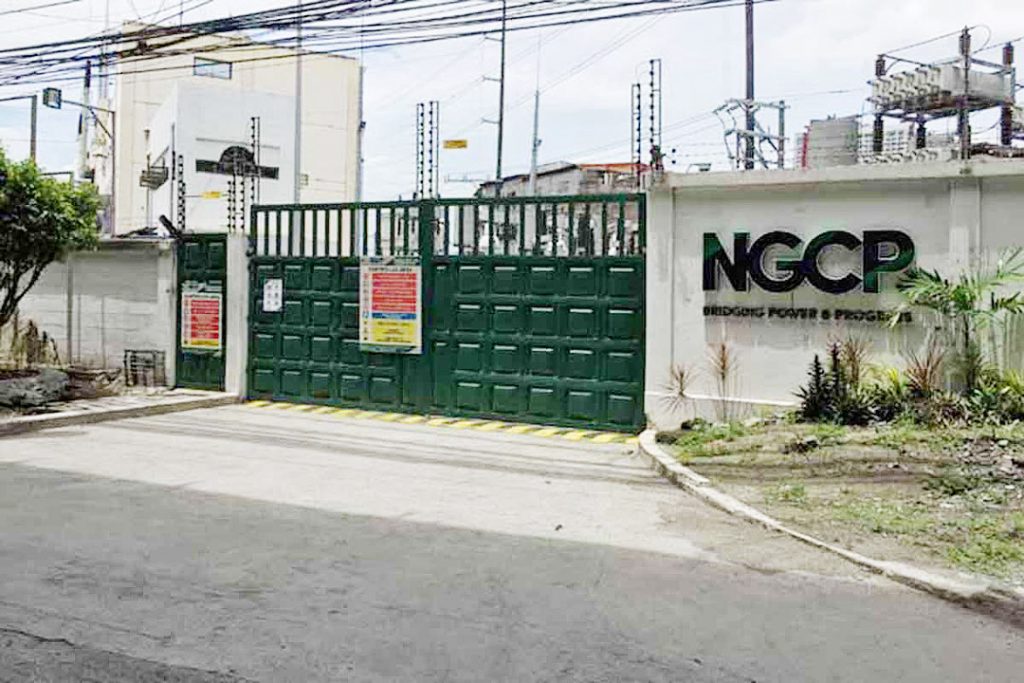
TACLOBAN CITY — Consumers in Eastern Visayas and other parts of the country should brace for a slight increase in their November electricity bills as the National Grid Corporation of the Philippines (NGCP) announced higher ancillary services (AS) rates and marginal adjustments in transmission charges.
According to NGCP, AS rates rose by P0.0997 per kilowatt-hour (kWh) — from P0.6546/kWh in September to P0.7542/kWh in October — marking a 15.23 percent increase. These rates are pass-through charges paid to power generators that supply reserve capacity to stabilize the grid during supply-demand fluctuations.
NGCP clarified that it does not profit from the AS rate adjustments, stressing that the payments are remitted directly to generation companies and the Independent Electricity Market Operator of the Philippines (IEMOP) for AS sourced from the Reserve Market.
“NGCP does not earn from Ancillary Services and does not benefit from any change in AS prices,” the transmission operator said in a statement.
Aside from AS rates, the transmission wheeling rate — the cost of delivering electricity through NGCP’s nationwide grid — also increased slightly by P0.0034/kWh, from P0.5920/kWh in September to P0.5953/kWh in October, equivalent to a 0.57 percent rise.
The company emphasized that this adjustment will not affect NGCP’s earnings, as its revenue remains regulated and capped by the Energy Regulatory Commission (ERC).
Overall, the average equivalent transmission rate for the October 2025 billing period rose by 7.91 percent, from P1.3998/kWh in September to P1.5105/kWh in October. These rates will be reflected in the November billing statements of distribution utilities and electric cooperatives.
NGCP reiterated that the higher transmission-related charges are market- and regulation-driven, stemming from increased reserve power costs, and not from any discretionary pricing or profit changes by the grid operator.
The transmission firm said it continues to coordinate with the ERC and other energy stakeholders to maintain grid reliability while ensuring transparency in the computation and implementation of electricity charges.
(LIZBETH ANN A. ABELLA)



